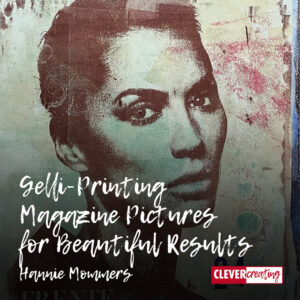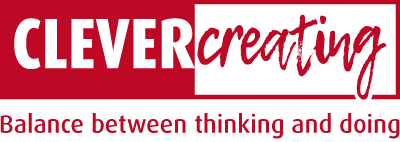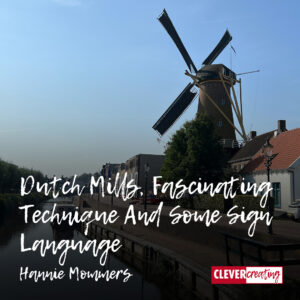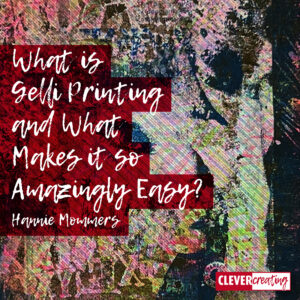
When I started making Gelli prints, I used lots of stencils and all kinds of objects to make textures. I also printed some photos which worked quite well.
This was definitely a matter of beginner’s luck because they all failed when I tried to print pictures a few months after that. 😉
So when this year’s 100-Day Project came along, I sunk my teeth into making loads of prints and discovering how I could make sure the results were more consistent.
Read my tips for Gelli-printing magazine pictures in this article.



